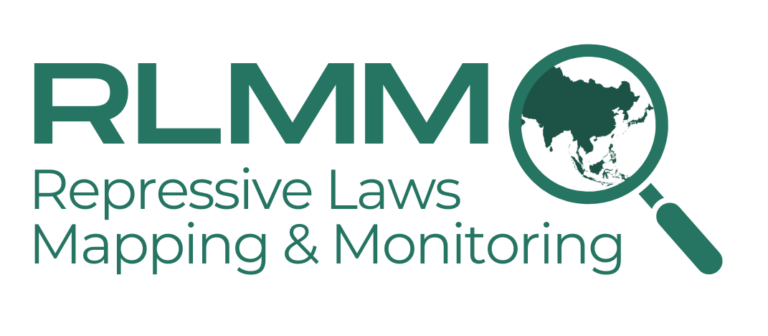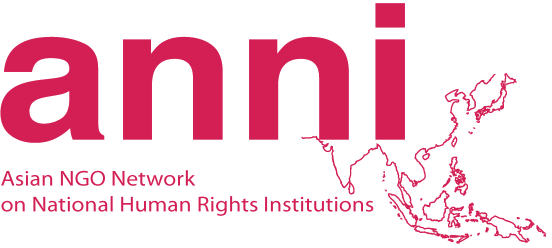On May 28, 2007 a coalition named National Front for Democracy (UFD) in Bhutan, launched a peaceful mass movement with the support of the eight political parties in Nepal, member of civil society and media people demanding equal rights in the process of democratization in Bhutan. Nearly 15,000 refugees gathered at Kakarvitta marched towards Mechi Bridge, Indo-Nepal border on May 28, 2007 and stopped by security forces.
According to a report of UFD Bhutan on June 4, 2007,1 the leaders offered their arrest to the security forces that blocked the passage through several barricades. Unfortunately, there was some agitation and the BSS (Seema Security Bal) started to "Lathi charge" on the peace marchers. Senior leaders such as Dasho Thinley Penjore, Balaram Paudyal, and D. B. Rana Sampang were injured seriously. The human rights leader D. P. Kafley and President of Bhutan Press Union C. N. Timsina were also injured badly along with dozens of participants of the peace march and taken immediately to different hospitals. Saha Bahadur Shewa (Darjee) from Sanischare camp succumbed to death on the spot due to the bullet injury after the Indian security forces opened fire and tear gas against the uncontrollable mass.
The situation continued to remain tense as more and more participants came to the venue of the demonstration demanding safe passage for their rights to return to their homestead. May 30, 2007, Darjeeling District Magistrate (DM) initiated a parley the Chief District Officer of Jhapa to resolve the crisis in the international border. It was on his initiative that a negotiation took place by the CDO Jhapa, representatives of the eight political parties, and the leaders of the NFD-Bhutan from Nepal side and the DM Darjeeling, IGP (North Bengal) and SP Darjeeling from the Indian side. At the negotiation, it was agreed that in 15 days, the DM will either convince the central government to hold tripartite talks or provide safe passage to the refugees who are demanding their right to return. As per the agreement, 15 people including Narad Adhikari were released unconditionally.
It is worthy to mention here that the Bhutanese refugee crisis began in 1991 when Bhutan began to expel ethnic Nepalese from its country on the ground that they were migrant laborers and therefore not their natural citizens. Locally known as Bhopalis, these refugees have been sheltered in the UNCHR run seven camps located in eastern Nepal with the hope that one day they would be repatriated to Bhutan.2 Nearly 106 000 Bhutanese citizens were expelled from Bhutan in 1991, while others fled the country to escape from a campaign of arbitrary arrest and detention. The government ejected them because they are not conforming to rules edited by the King for the protection of Bhutanese culture.
Nepal has permitted the refugees to stay on its territory, but Nepalese authorities deny Bhutanese refugees the right to freedom of movement, and prohibit them from seeking employment and from engaging in income-generating activities, even within the confines of the camps. The Nepalese government has forced the refugees into a situation of complete dependency on the support of the international community for their survival. The Human Rights Watch report describes the condition in the camps as pathetic and documents domestic violence and other social problems that have cropped up after the closure of some of the camps.3 However, the refugees are deeply divided into different groups regarding the option of repatriation, resettlement and return to their country. The refugees, however, are deeply divided on the issue of resettlement. Many fear that resettlement of more than half of the community will dilute their larger struggle for democracy, justice and recognition as legitimate citizens of Bhutan. Others are concerned that pursuing resettlement and not repatriation, would allow Bhutan to abdicate from its role and responsibility in the crisis. This leads to a divided effort from the refugees to safeguard their rights. In the face of US willingness to resettle about 60,000 Bhutanese refugees the community remains more divided than ever and the roots of the recent crisis may be traced back to this very division and the ‘long march’.
1 National Front for Democracy (UFD), Bhutan, Updates of June 4, 2007.
2 Last hope for Bhutanese Refugees; available at http://www.southasianmedia.net/index_story.cfm?id=396894&category=Frontend&Country=MAIN



